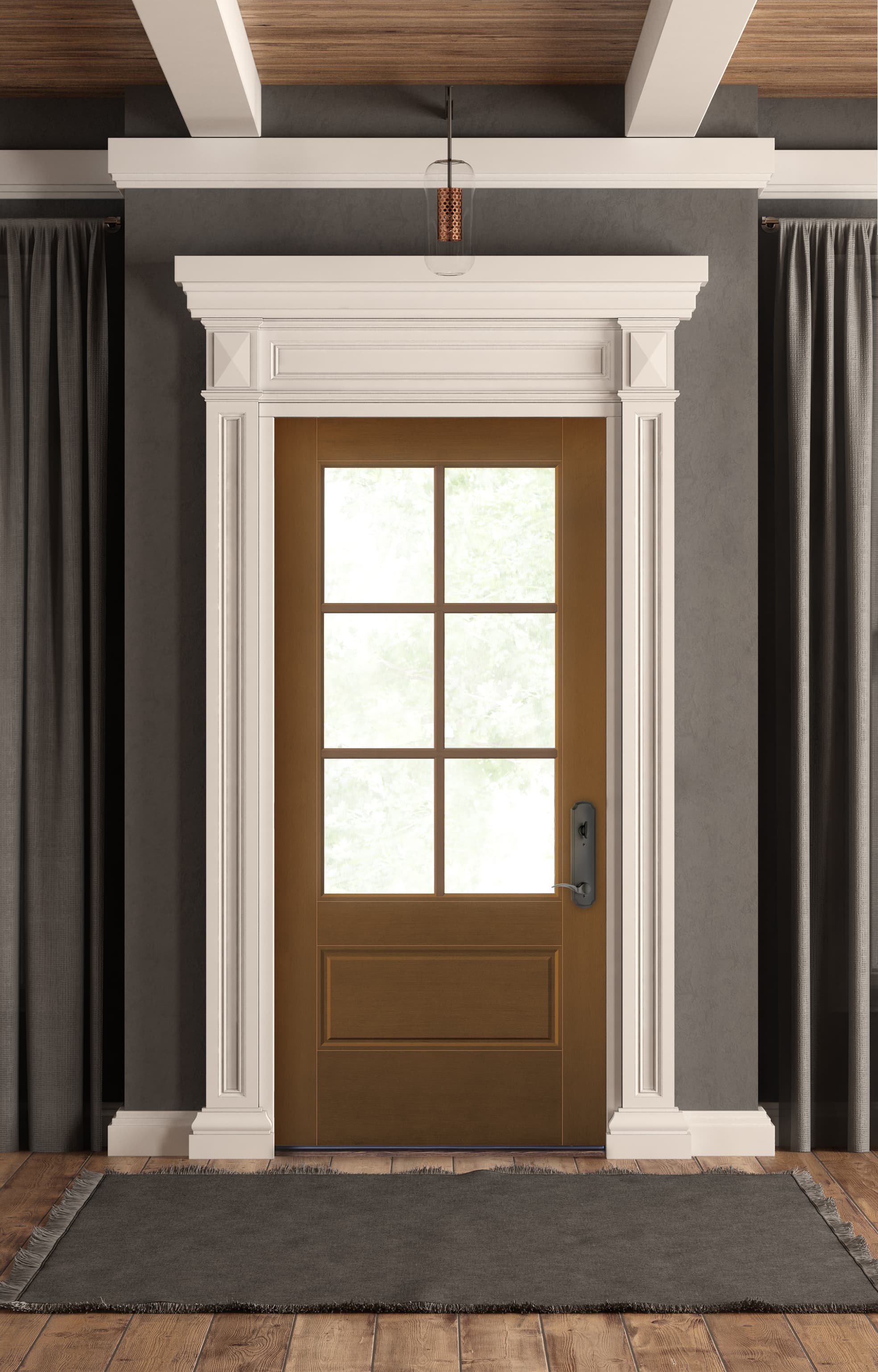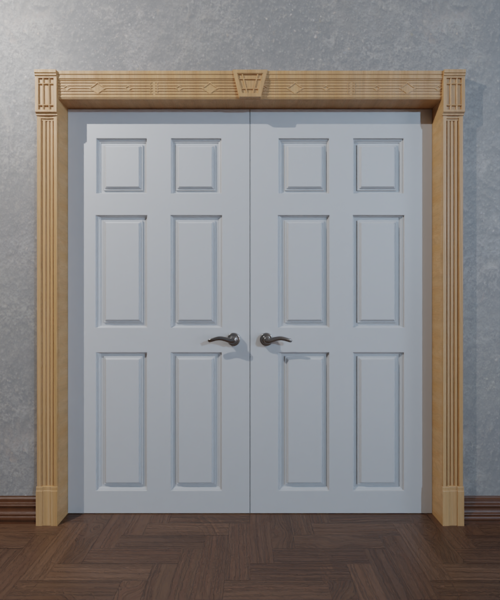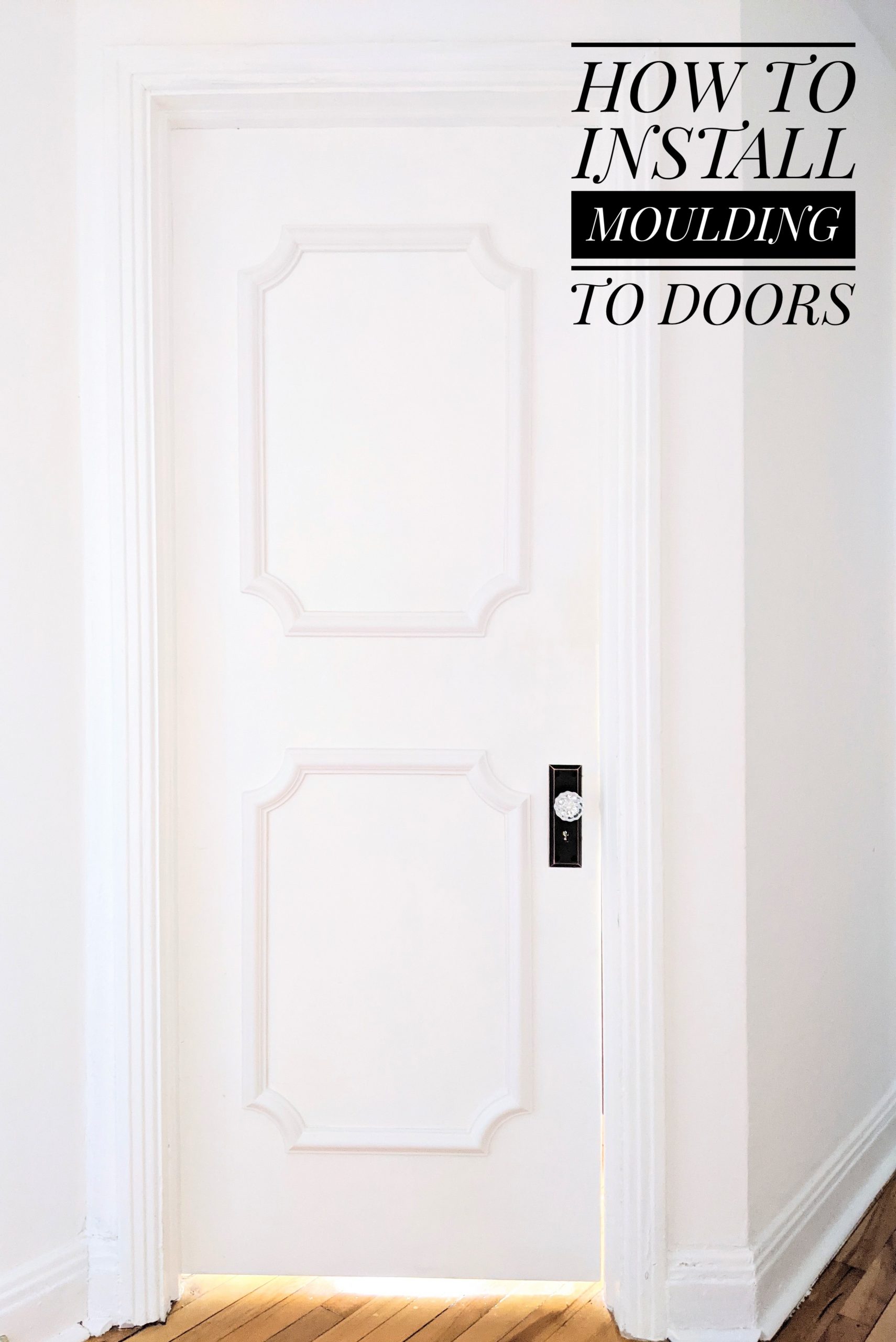Welcome to the wonderful world of decorative door molding! As a passionate DIY enthusiast and home improvement aficionado, I’ve spent countless weekends exploring how simple design elements can enhance a home’s charm and character. Today, we’re diving deep into the realm of decorative door molding, providing you with insights, tips, and personal experiences that will inspire you to elevate your own living space.
What is Decorative Door Molding?
Decorative door molding refers to the trim installed around doors to enhance their appearance and provide a polished look. It’s an essential element of interior design that can add both aesthetic appeal and architectural interest to your home. Molding can be simple or elaborate, depending on the style you prefer and the overall design theme of your home.
Types of Decorative Door Molding
1. Casing Molding
Casing molding is one of the most common types you’ll encounter. This type surrounds the door frame and serves to transition from the wall to the door. It can be simple, such as a flat board design, or more ornate with intricate patterns.
2. Baseboard Molding
Although primarily used at the bottom of walls, baseboard can also be creatively used around doors. It can help create a seamless look, especially in open-concept designs.
3. Architrave Molding
Architrave molding is often used to create a decorative framework around doorways and is especially popular in traditional and classic designs. It can help accentuate the door and create a focal point in a room.
4. Crown Molding
Crown molding is typically installed where the walls meet the ceiling, but it can also be used around doorways for added sophistication. It adds a touch of elegance and can elevate your entire space.

Comparison Table of Molding Types
| Type of Molding | Style | Function | Material Options |
|---|---|---|---|
| Casing Molding | Simple to ornate | Frames doors and windows | Wood, MDF, PVC |
| Baseboard Molding | Sleek to detailed | Protects walls from damage | Wood, composite materials |
| Architrave Molding | Traditional | Frames openings | Wood, plaster |
| Crown Molding | Stylish and elegant | Decorative ceiling transition | Wood, PVC, plaster |
The Benefits of Decorative Door Molding
Incorporating decorative door molding into your home can yield numerous benefits, each contributing to the overall comfort and style of your living space:

1. Aesthetic Appeal
One of the most immediate benefits of decorative door molding is the visual enhancement it brings. Molding can transform a plain door into an inviting entry point, creating a lasting impression on guests.
2. Increased Property Value
Quality craftsmanship and design elements like decorative door molding can increase your home’s market value. Potential buyers often appreciate the finer details in a home, making it more appealing.

3. Versatility
There’s a style of molding for every home, whether you prefer a modern, minimalist approach or a more classic, ornate design. This versatility allows homeowners to customize their spaces according to personal taste.
4. Concealing Imperfections
Molding can cleverly hide gaps between the wall and the door frame, providing a clean and finished look, and masking any imperfections that may exist.

Choosing the Right Decorative Door Molding
Choosing the right decorative door molding can feel overwhelming given the variety of options available. Here’s a guide to help you make an informed decision:
1. Consider Your Home’s Style
Your home’s architectural style should dictate the molding you choose. For instance, a Victorian home might benefit from intricate moldings, while a contemporary home may call for sleeker designs.

2. Material Matters
The material you select for your molding can impact both its appearance and durability. Here’s a breakdown of common materials:
Material Comparison
| Material | Durability | Cost | Maintenance |
|---|---|---|---|
| Wood | Highly durable | High | Requires occasional repainting/staining |
| MDF | Good durability | Moderate | Can warp; requires painting |
| PVC | Very durable | Low | Minimal maintenance required |
| Plaster | Very durable | High | Requires skilled installation |

3. Budgeting for Your Project
Understanding your budget is crucial. Decorative molding can vary widely in price, so it’s wise to plan accordingly. Factor in both the cost of materials and potential labor costs if you plan to hire a professional.
Installation Tips for Decorative Door Molding
Installing decorative door molding can be a rewarding DIY project, but it requires careful planning and execution. Here are some tips based on my personal experiences:

1. Gather Necessary Tools
Before starting, ensure you have all the necessary tools at hand. Common tools include:
- Measuring tape
- Miter saw
- Nail gun
- Level
- Caulk and caulk gun
- Paint or stain (if desired)
2. Measure and Cut with Precision
Accurate measurements are key! Measure the height and width of your door frame and make precise cuts. Using a miter saw allows for clean angles, which are essential for a professional-looking finish.
3. Secure the Molding
Use a nail gun to secure the molding to the wall. Be sure to nail into the studs for better stability. For particularly heavy pieces, consider using wood glue in addition to nails.
4. Finish with Caulk and Paint
After securing the molding, fill any gaps with caulk for a seamless look. Once dry, you can paint or stain the molding as desired to match your décor.
Pros and Cons of Decorative Door Molding
Pros
- Adds character and elegance to a space.
- Can increase home value.
- Hides imperfections effectively.
- Wide range of styles and materials available.
Cons
- Can be time-consuming to install.
- Some materials can be pricey.
- Requires careful measurement and cutting.
Frequently Asked Questions (FAQs)
1. How do I choose the right style of molding for my home?
Consider the architectural style of your home and choose molding that complements it. Traditional homes may benefit from intricate moldings, while modern homes can utilize simpler designs.
2. Can I install decorative door molding myself?
Yes, DIY installation is certainly possible if you have the right tools and skills. However, if you’re unsure, hiring a professional can ensure a perfect finish.
3. What materials are best for outdoor door molding?
For outdoor applications, materials that resist moisture and weathering, such as PVC or treated wood, are recommended to ensure longevity.
4. How can I maintain my decorative molding?
Regular dusting and occasional cleaning will help maintain the appearance of your molding. If painted, you may need to touch up the paint every few years.
Conclusion
Decorative door molding is a fantastic way to add value, style, and personality to your home. With the right choice of molding and proper installation, you can create a stunning entryway that reflects your taste and enhances the overall aesthetic of your living space. Whether you decide to take on the project yourself or enlist a professional, I hope this guide has provided the knowledge and inspiration you need to dive into the world of decorative door molding.
Happy decorating!